|
Have you ever seen a dress you wanted to reproduce, but did not have access to it in person? This post is going to help you try to read the lines of a draped overskirt to bring a bit of understanding to how draping works, and how to read a photograph to give you some starter guidelines while you are draping. 1. You HAVE to have a mannequin to do this- Or a good friend who is willing to stand while you drape. Draping involves fussing and adjusting to make sure the lines are reading like you want them.
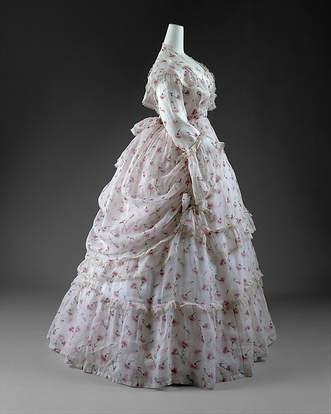 This is an early 1870's extant dress from the Met. The front overskirt is cut shaped narrower at the top, without gathers and is a flat "apron" shape. The back shape is soft and rounded and draped. Notice that it curves down and back up from side seam to side seam. It appears to be gathered along the side seam. We are going to focus on re-creating this back drape. The heavy black lines on the two final photos show where the fabric is trimmed away after it is draped.
1 Comment
Many people think of the Victorian dress as dull and drab, and to be sure there were many browns and blacks chosen as best dresses, because they were appropriate for nearly any occasion one might require. Demorest Magazine reported in 1883, "In this country prettiness in prints has had to give way: to utility, to such samples as could be depended upon to stand the brutal kind of washing to which they were subject to; having no confidence in the permanence of pretty colors, the housekeeper took refuge in dingy neutrality, giving an impression, based on experience, that the uglier the pattern the more certainly it could be relied upon to 'wash'. " The more neutral the color the more confident the average woman felt it would last well throughout its wearing. All of this however did not mean there were not some VERY vivid colors available. In 1856 William Perkins, home on break from chemist school, was experimenting with a way to make a synthetic quinine, accidently discovered the first of the aniline dyestuffs- a bright pinky-purple that would become known as magenta or "aniline red". Initial experiments with this color showed that it would dye silk in a manner that would make it colorfast even in light- a severe problem with most natural purple dyestuffs. Other brilliant colors such as Fuchsine, Perkin's green, Britannia Violet and many more (Check out the Dreamstress's article on his dyes!)
A few more of my brightly colored favorites in the nicer dress category! 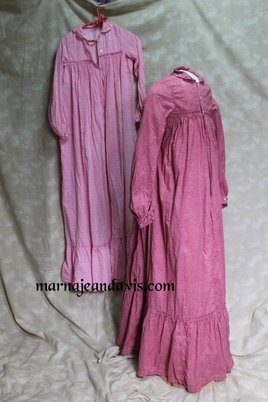 1902 cotton wrappers- chambrey- from Marna's collection 1902 cotton wrappers- chambrey- from Marna's collection So does this mean there are NO brightly colored cottons? Purple dye on cotton was notoriously fugitive until after the turn of the century. So while there are "some" brighter colors to be found in cotton fabrics you are going to see pinks and reds as your most common options for bright colors. The KEY is to do your research! English Women's Clothing in the 19th Century is a good place to start- each decade and year is listed with some popular colors during that time frame (note these are likely referring to silks and wools). Read the articles in the fashion magazines rather than just looking at the dress plates. Books like Manners Culture and Dress have chapters on dress colors and harmony of colors in dress. Check out original dresses on the Met and Whitaker's Auction SmugMug pages. Swatch books from the 19th century are another great resource like these from The Met. Don't rely on "but everyone knows" get out there and do your research and be prepared to name your sources- but be proud you can color your world beautiful! Sources & Further Research English Women's Clothing in the Nineteenth Century by C. Willet Cunnington Wearable Prints 1760-1860 by Susan Greene Elephants Breath and London Smoke by Deb Salisbury Costume Language by Stephanie Davies A Dictionary of Costume and Fashion by Mary Brooks Picken Dating Fabrics - A Color Guide 1800-1960 by Eileen Trestain |
AuthorPainfully obsessed clothing historian, Archives
January 2022
Categories
All
|
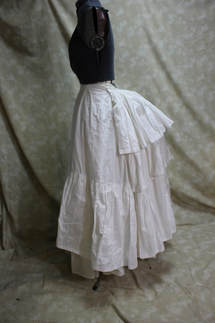
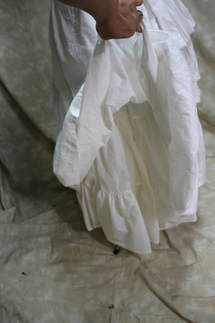
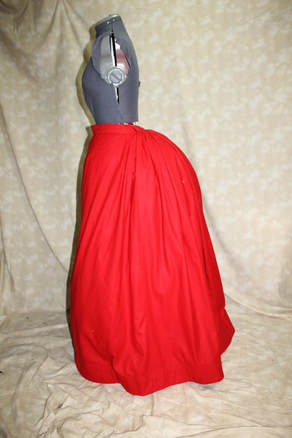
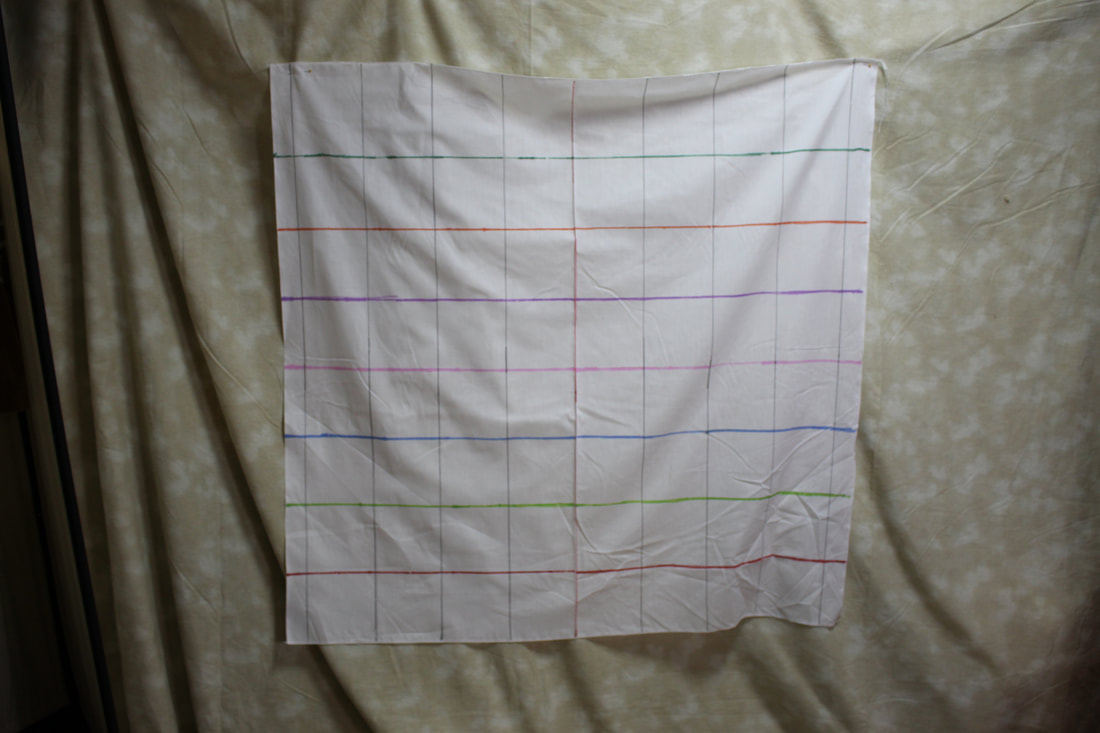
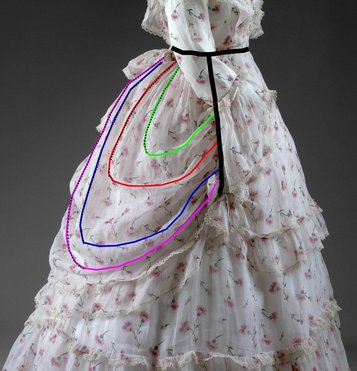
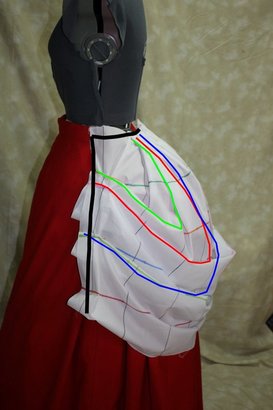
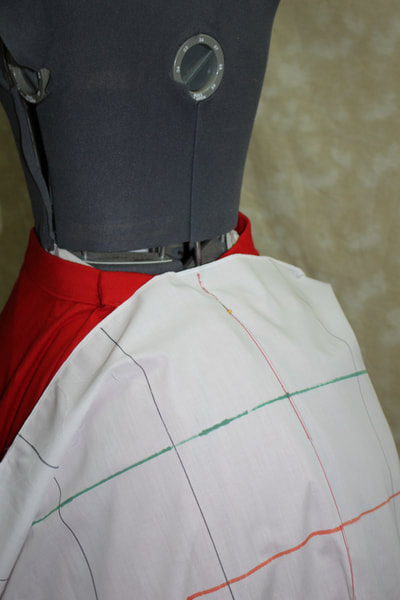
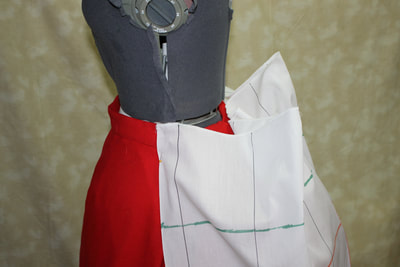
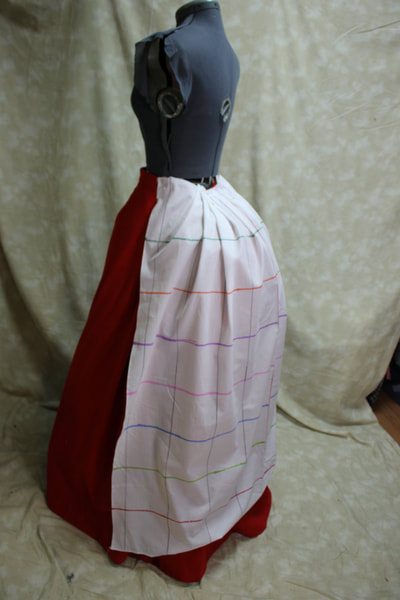
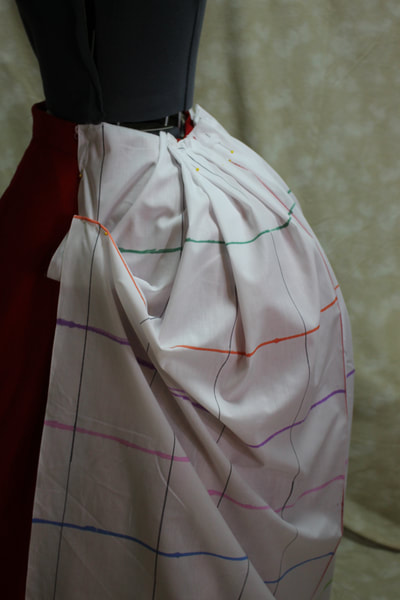
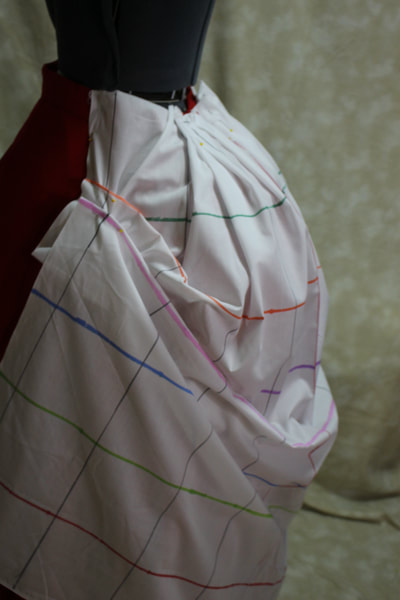



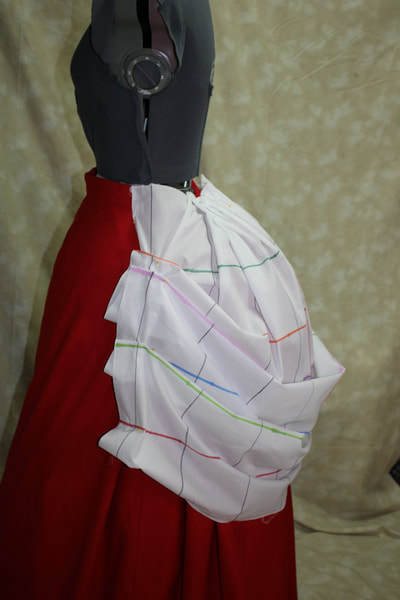
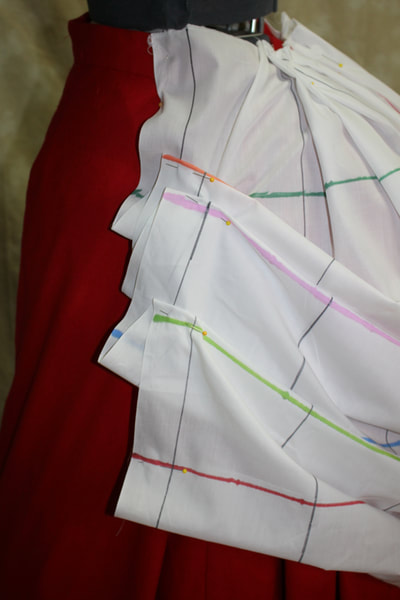
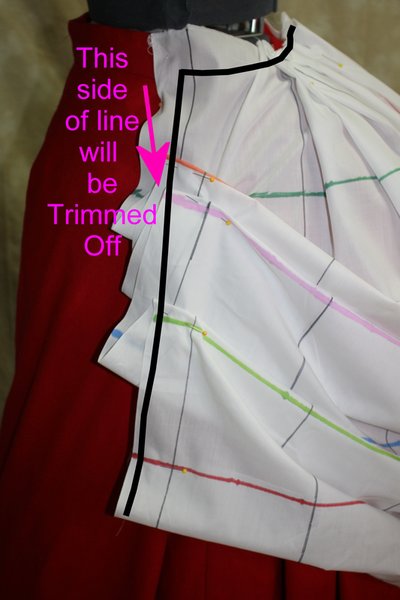
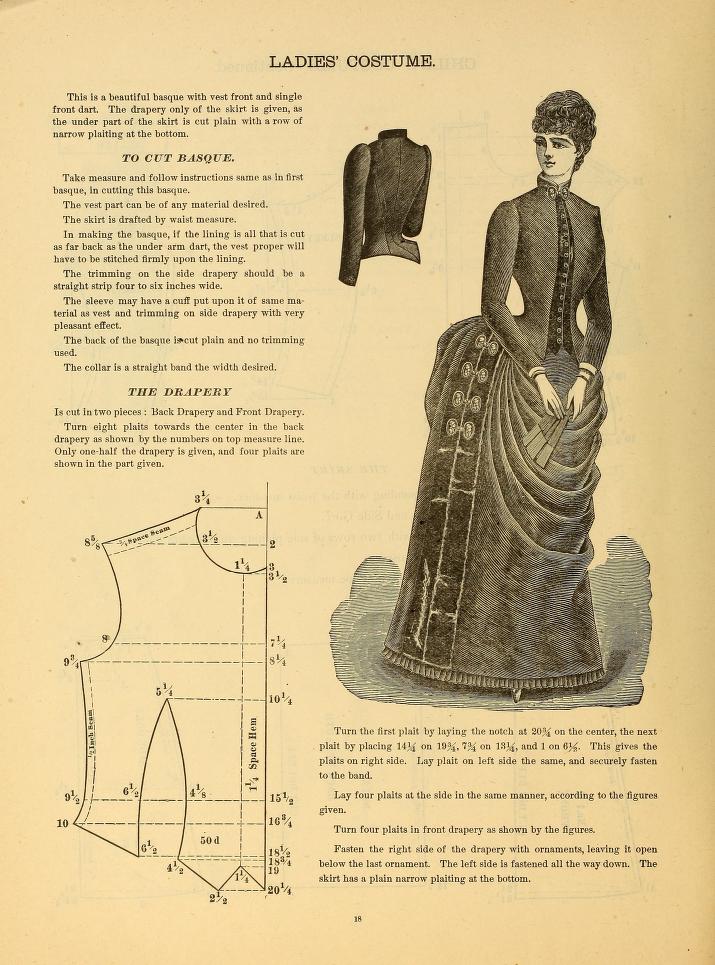
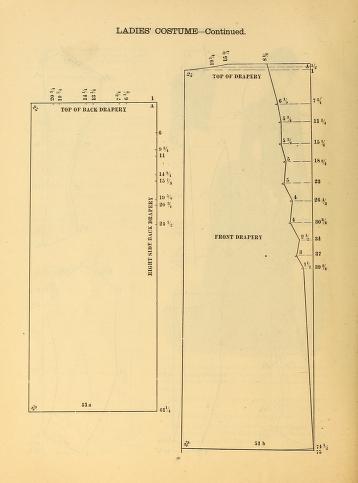
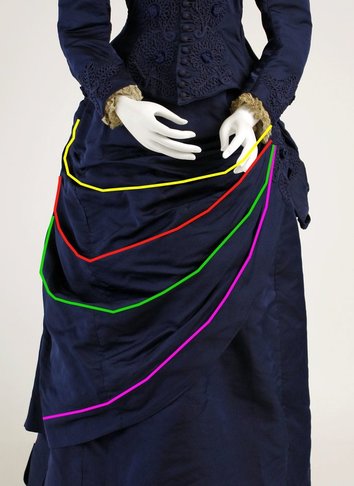
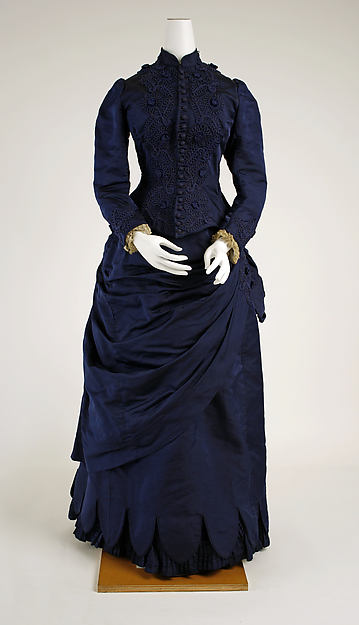
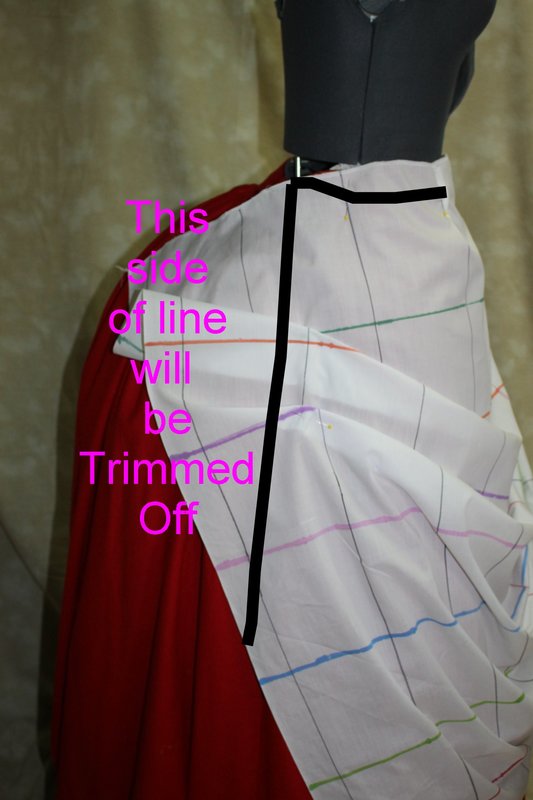
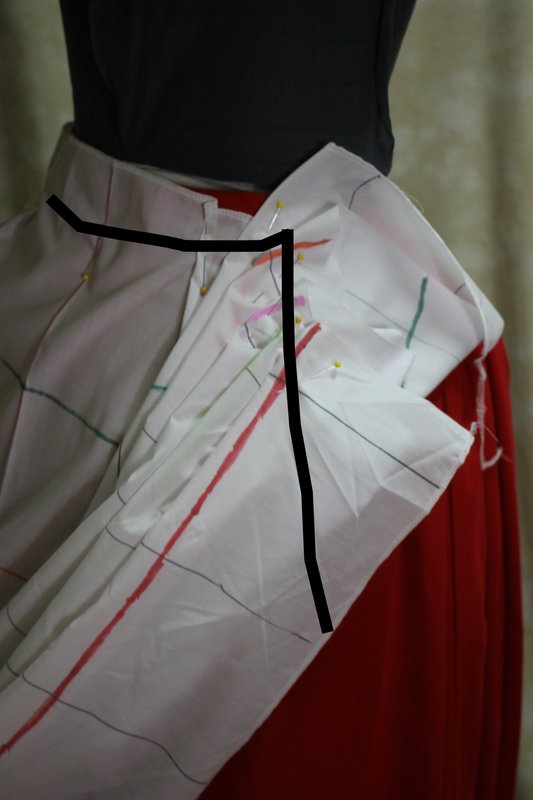
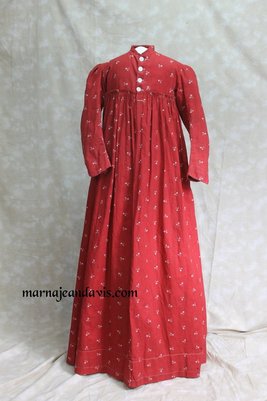
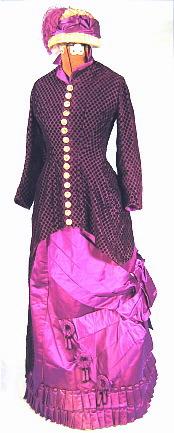
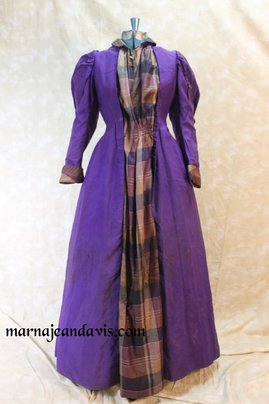
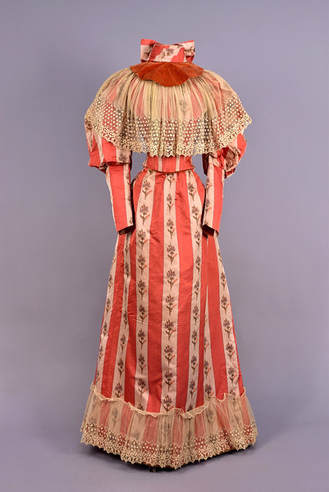
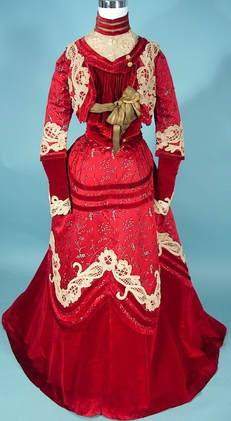
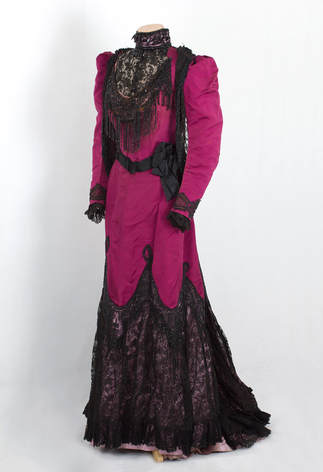
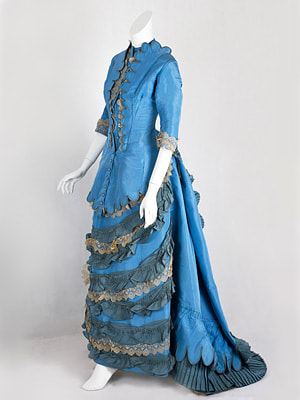
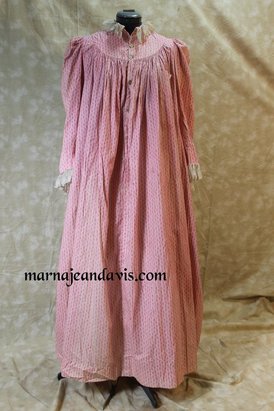
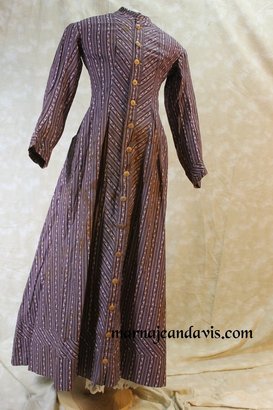
 RSS Feed
RSS Feed